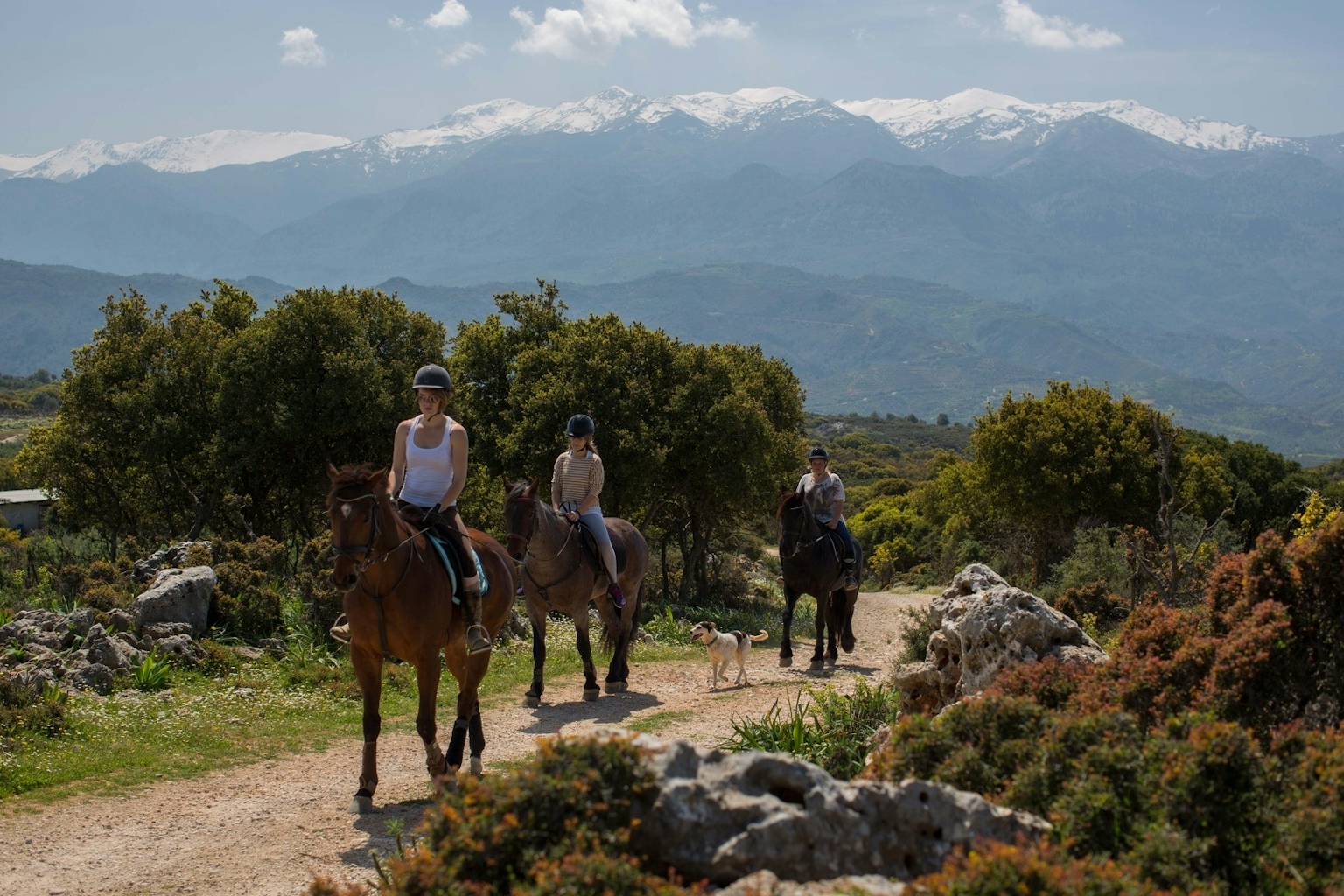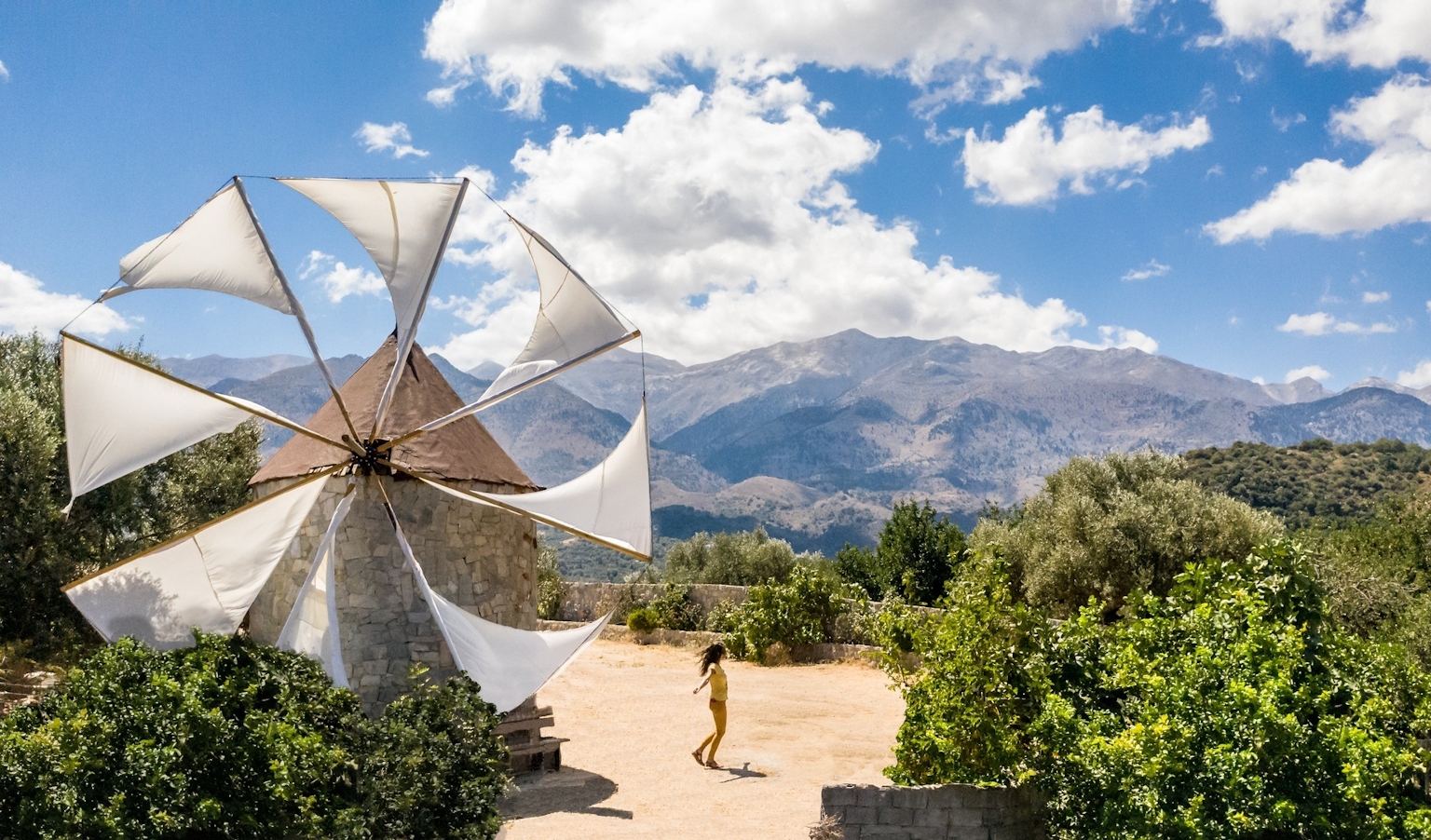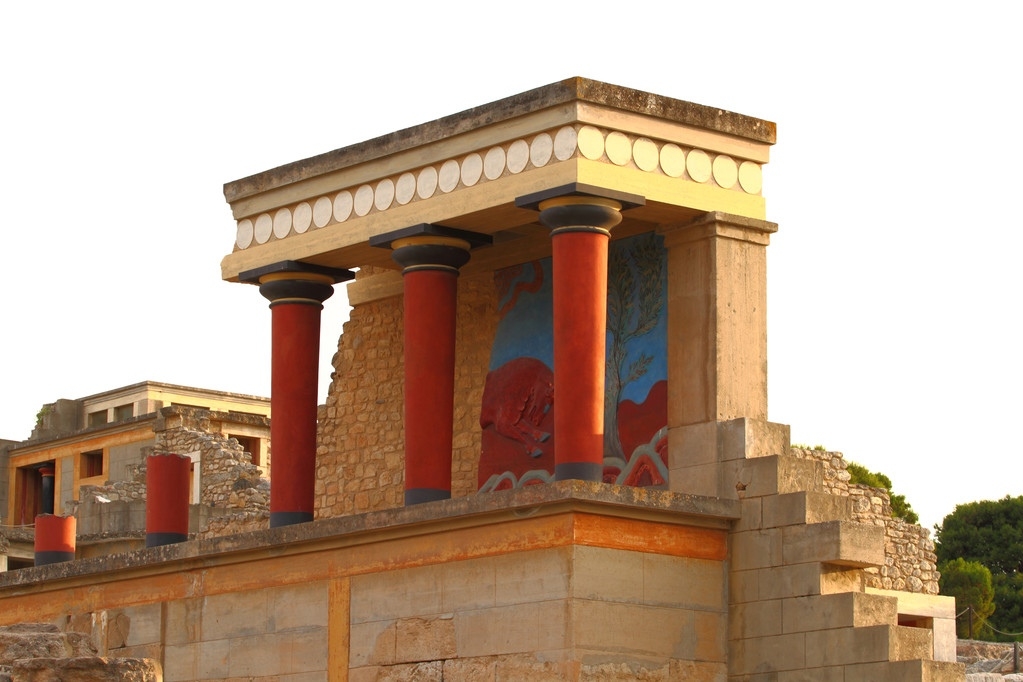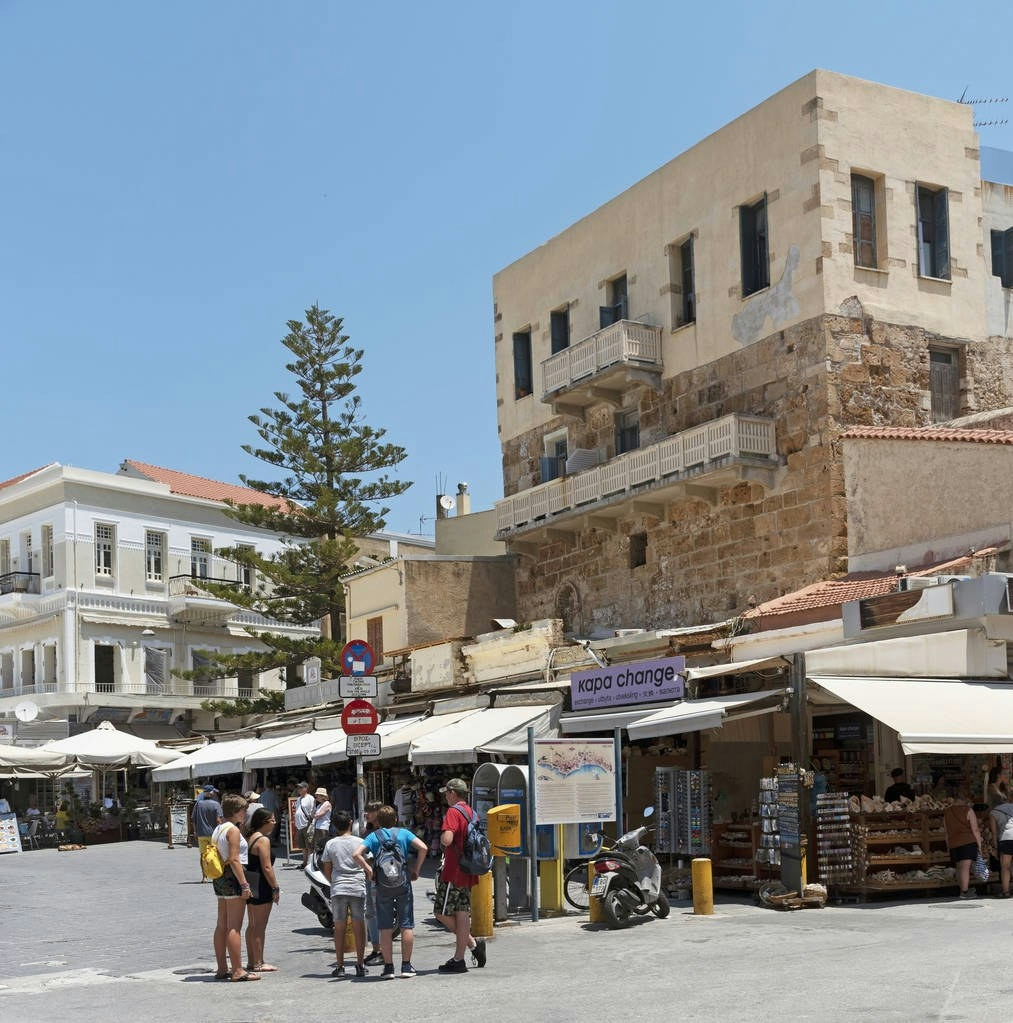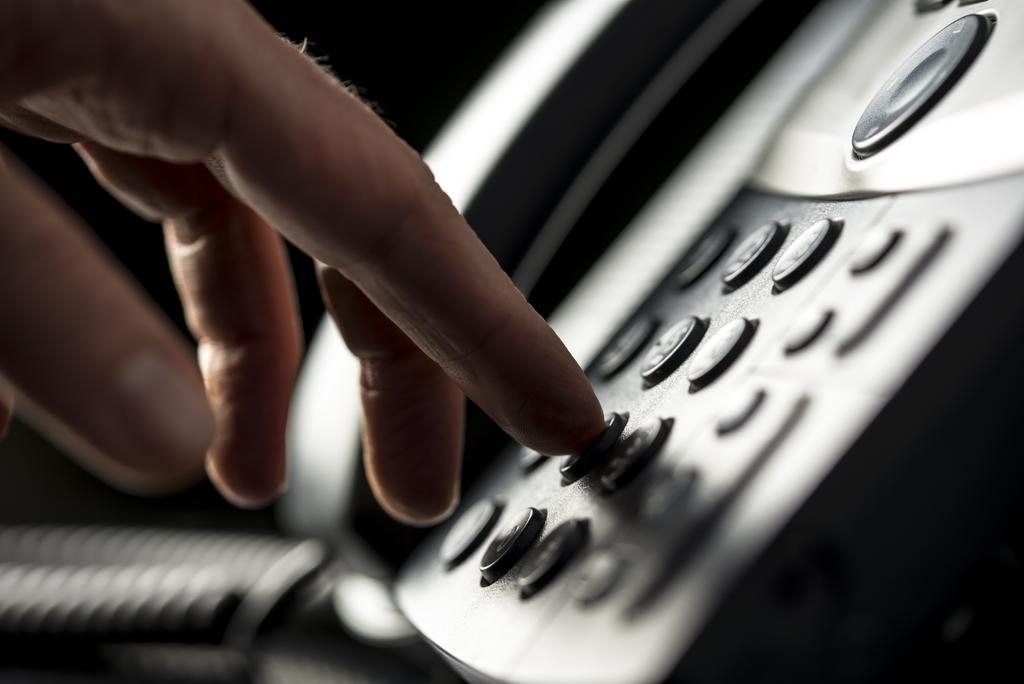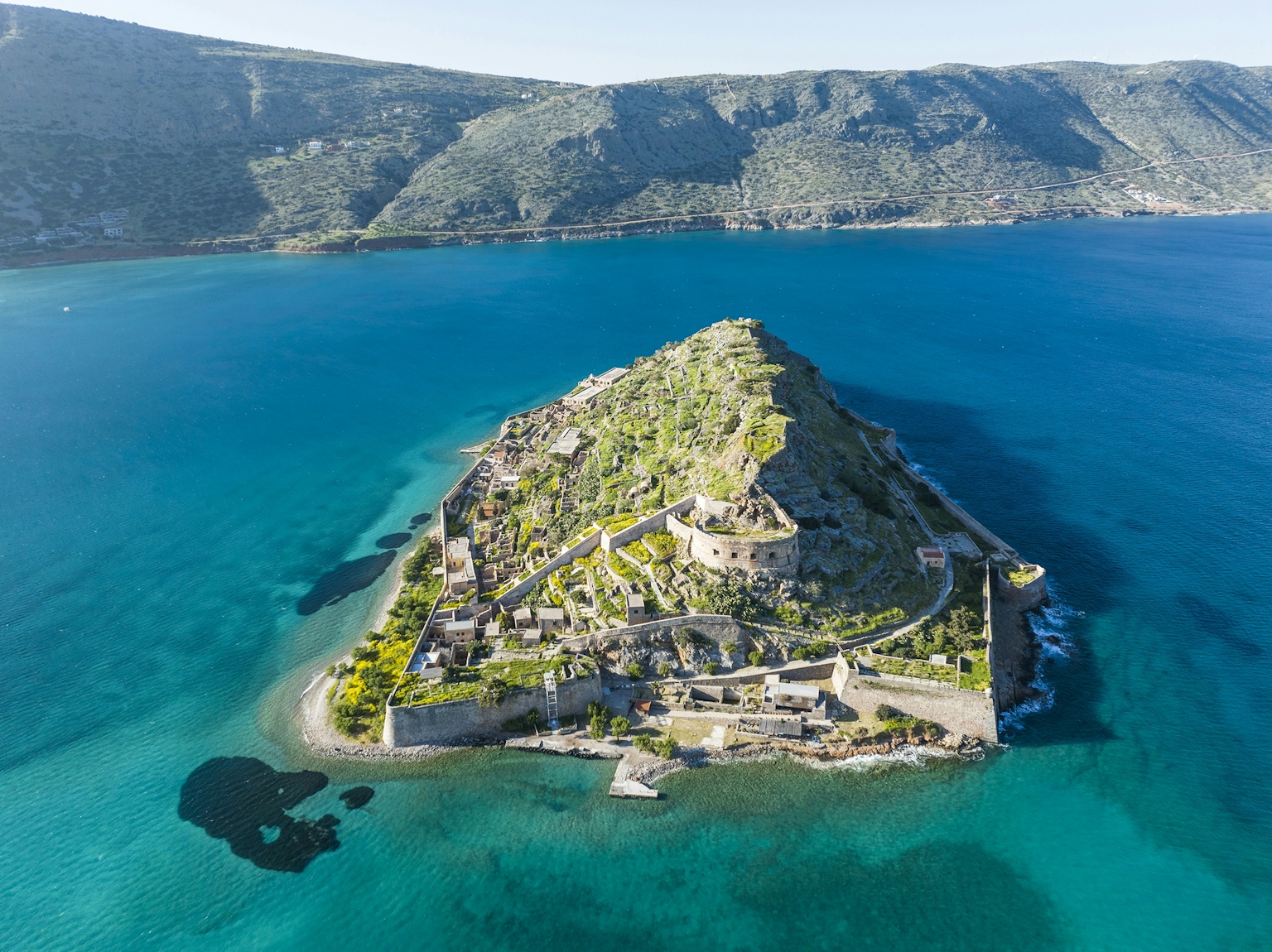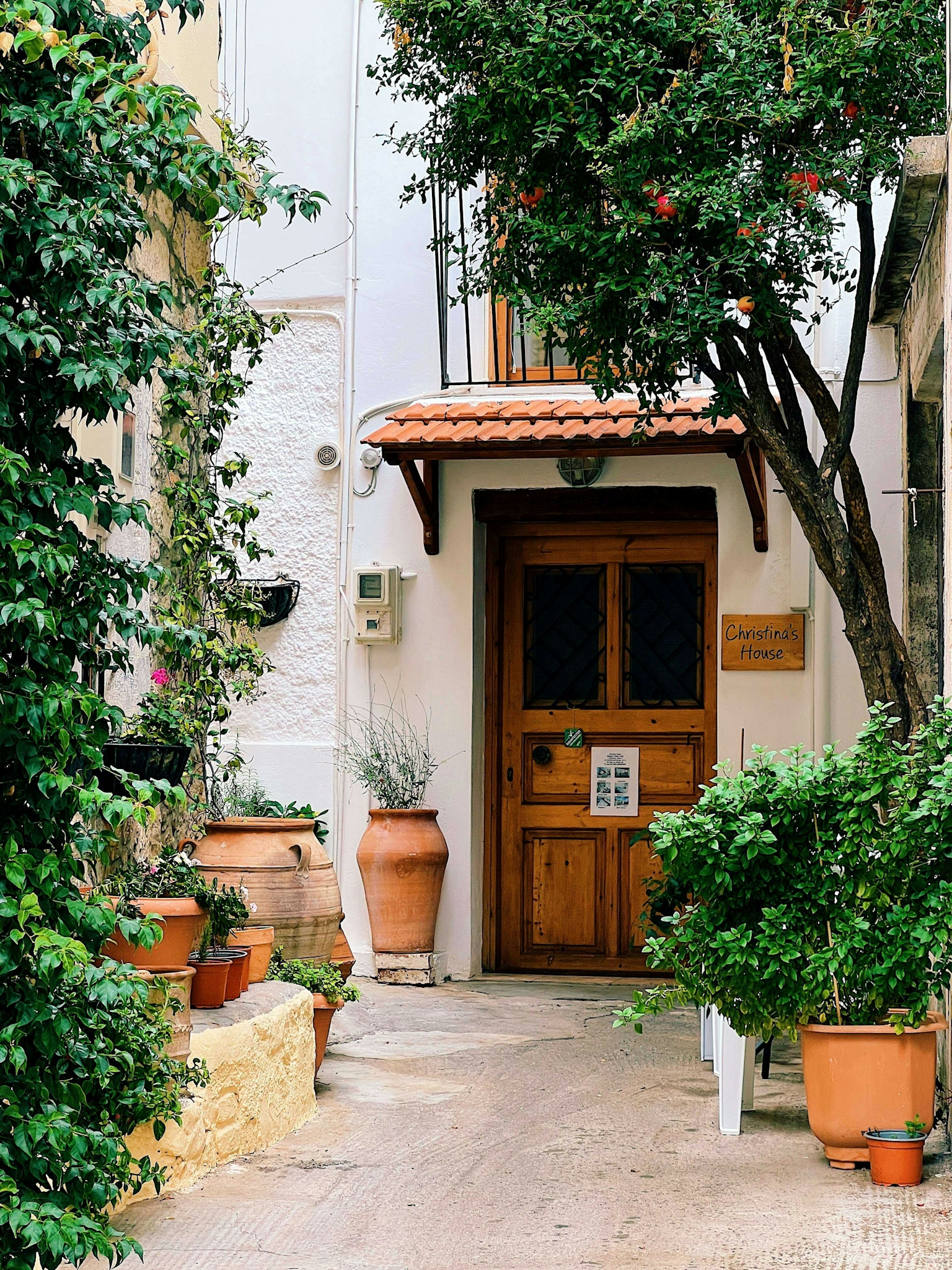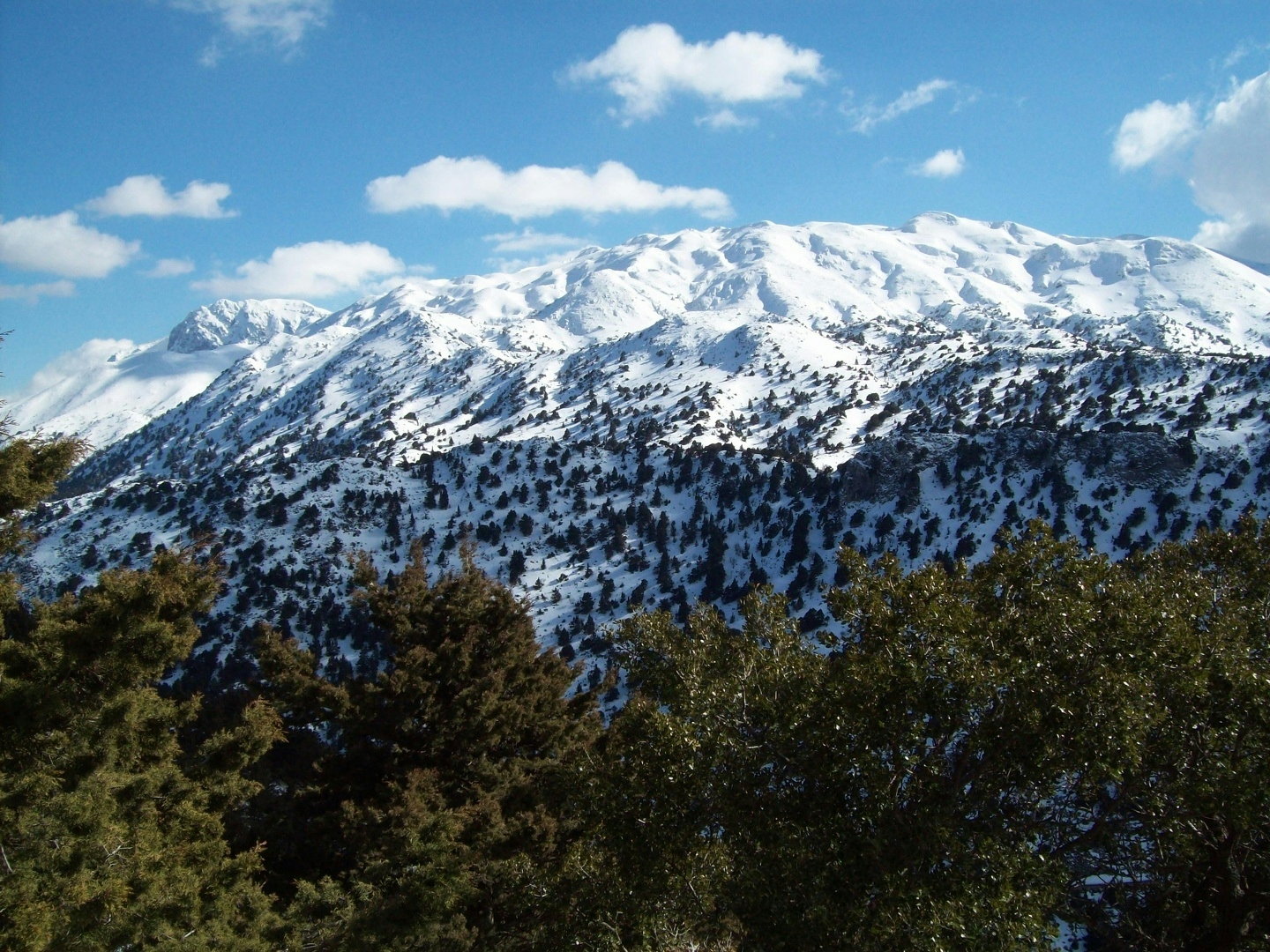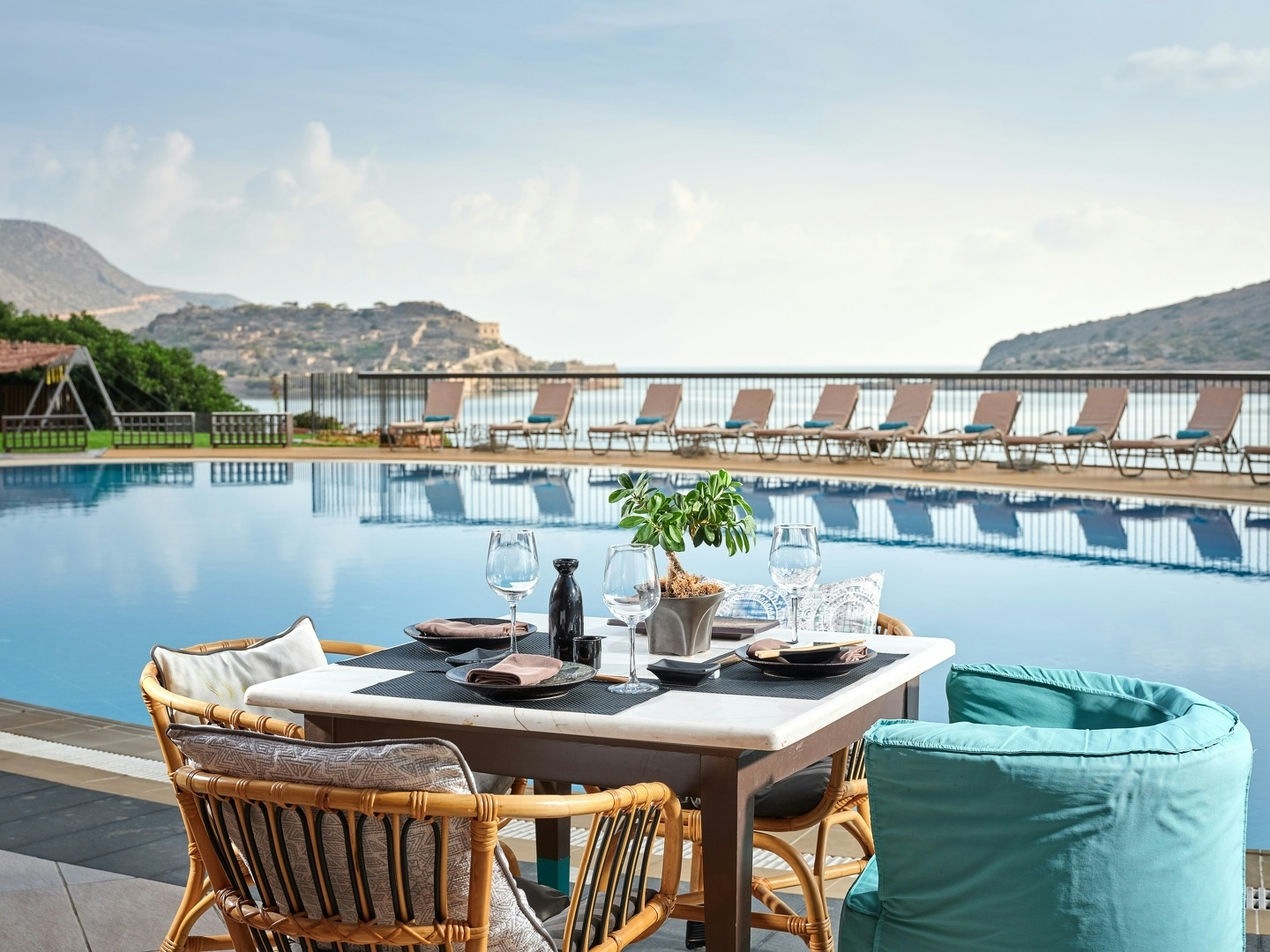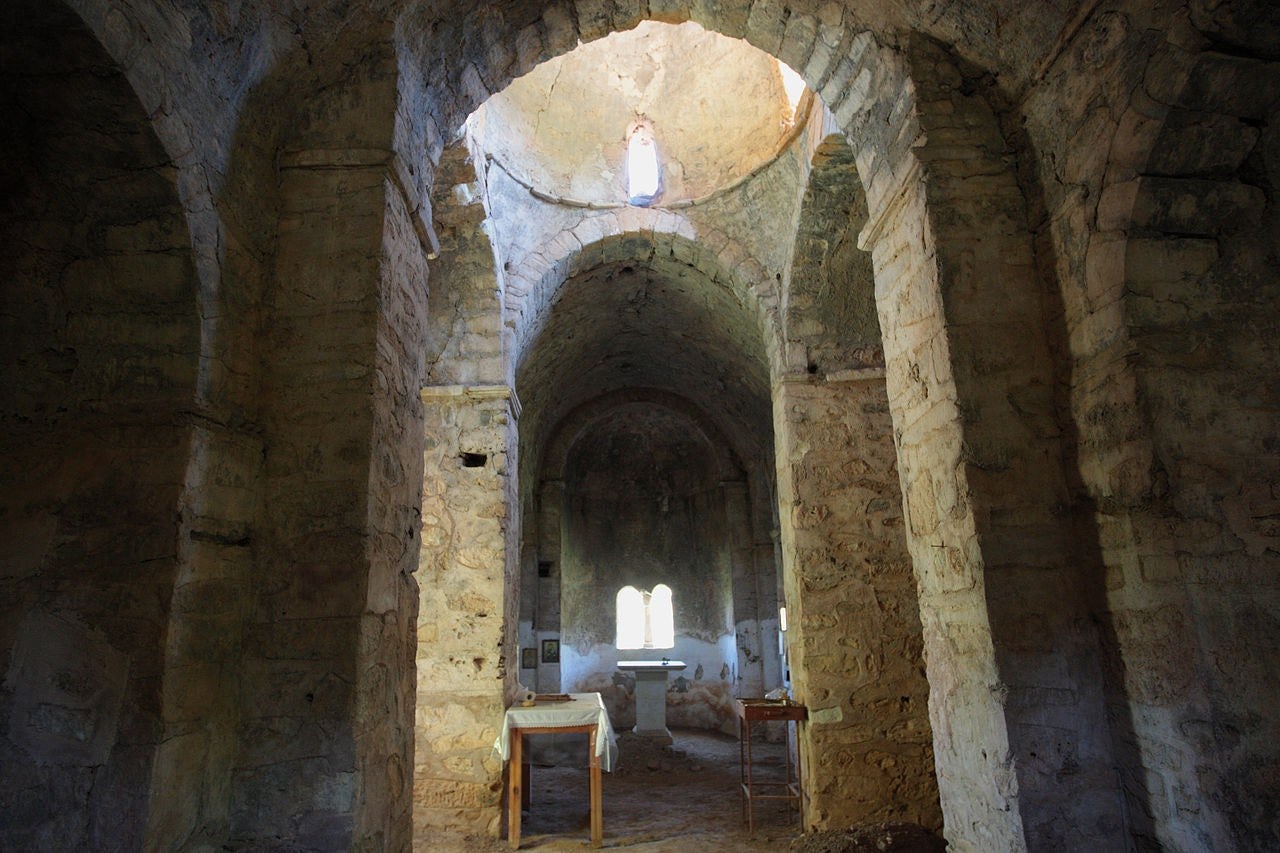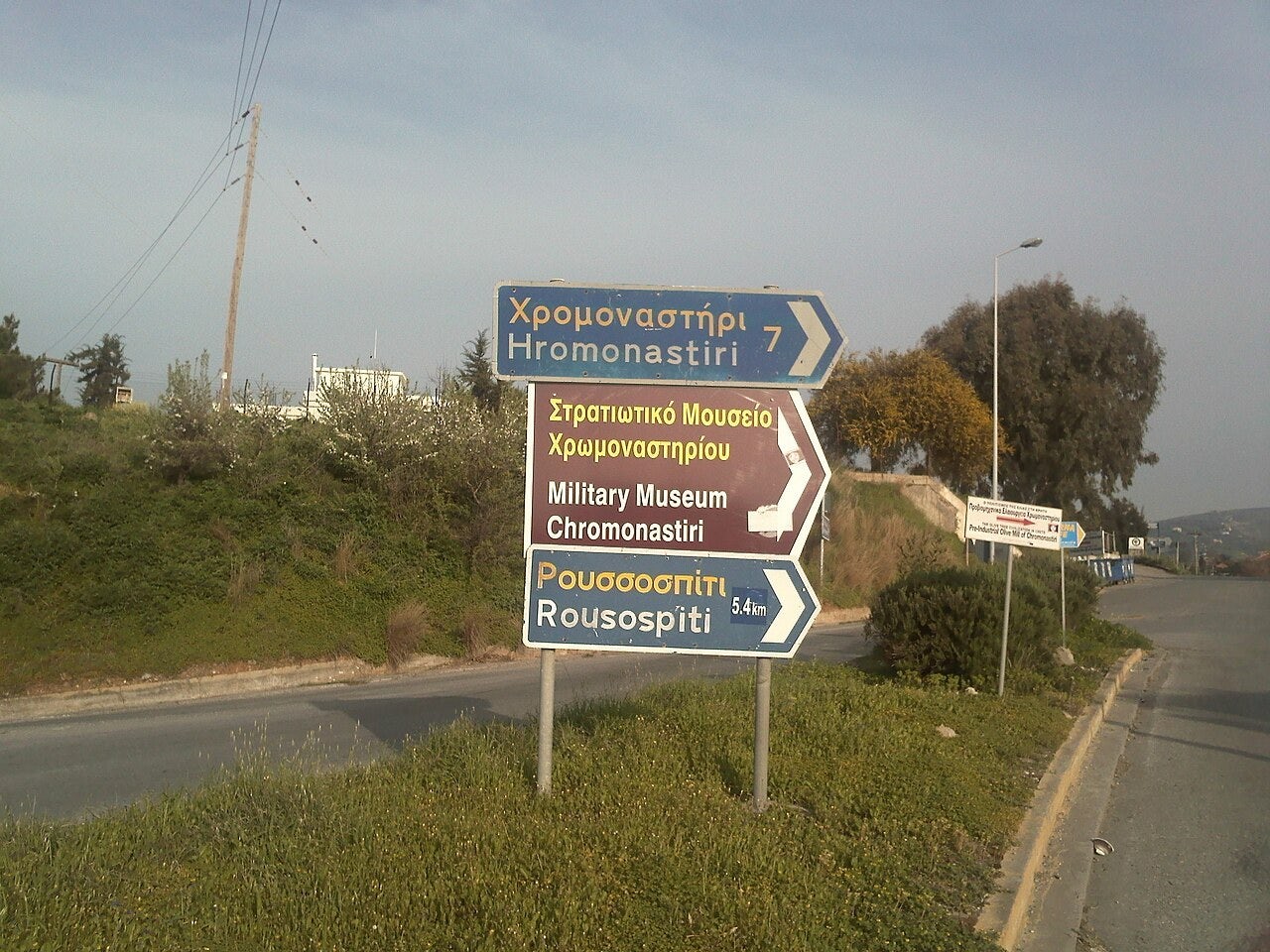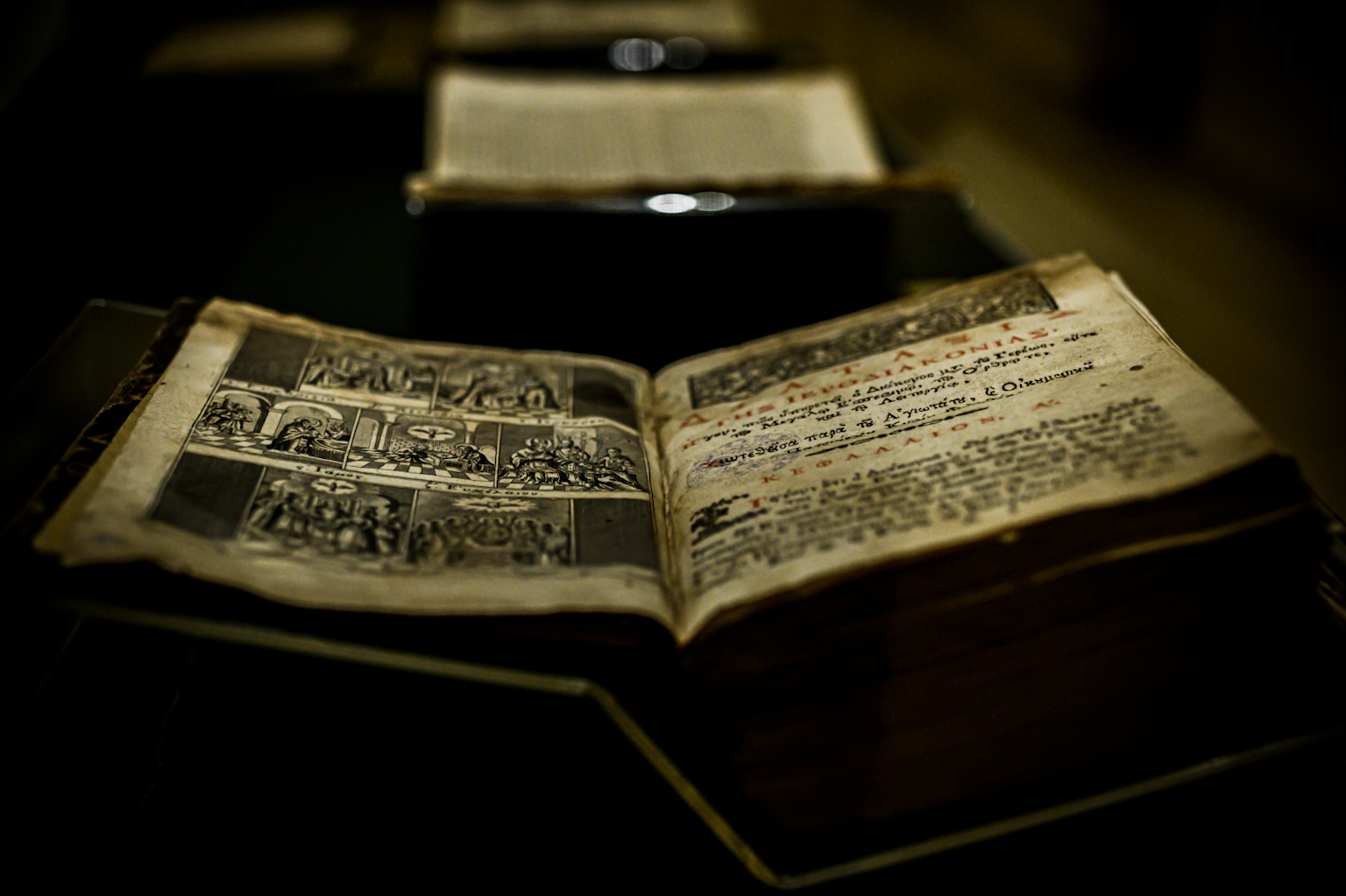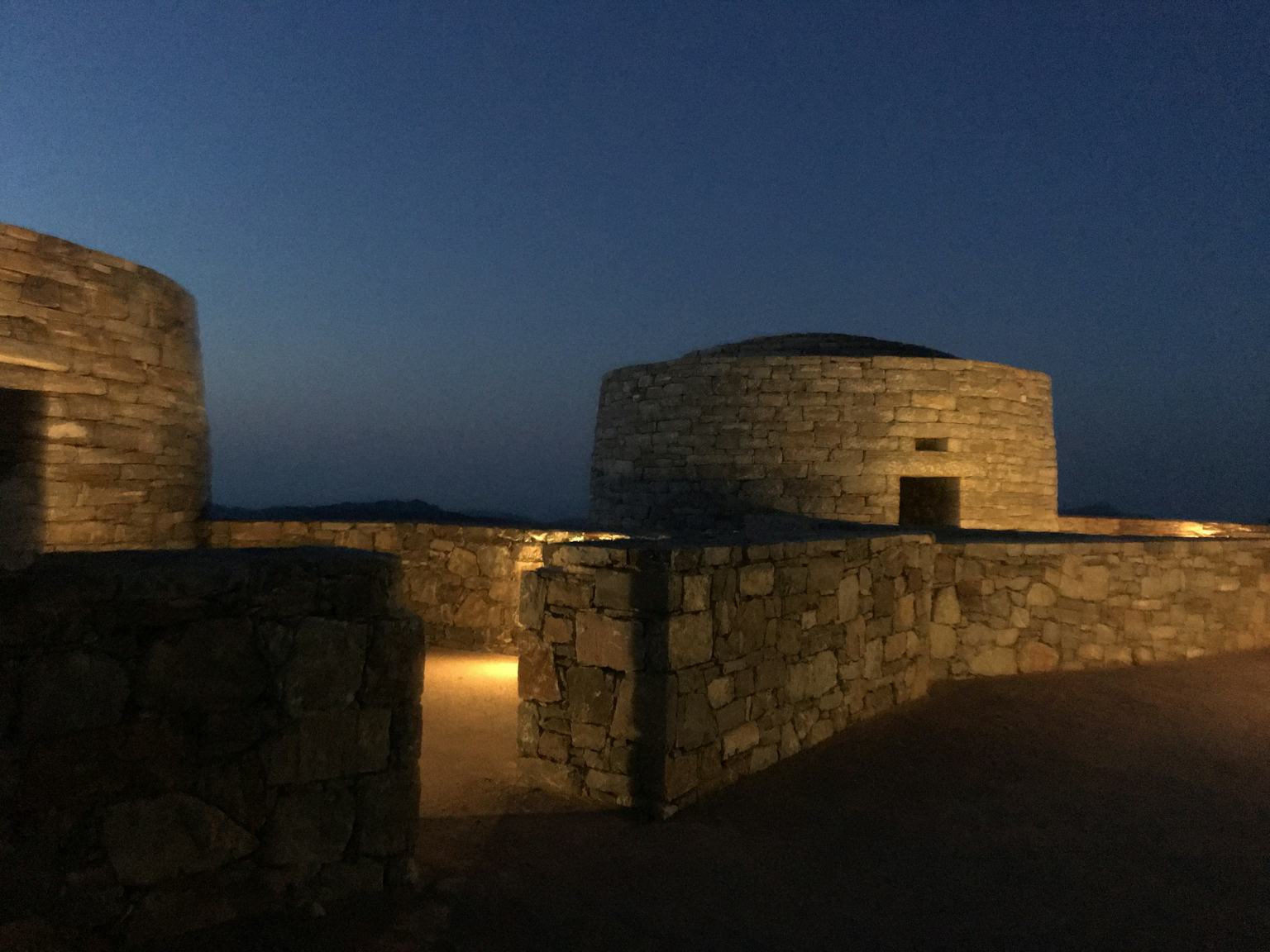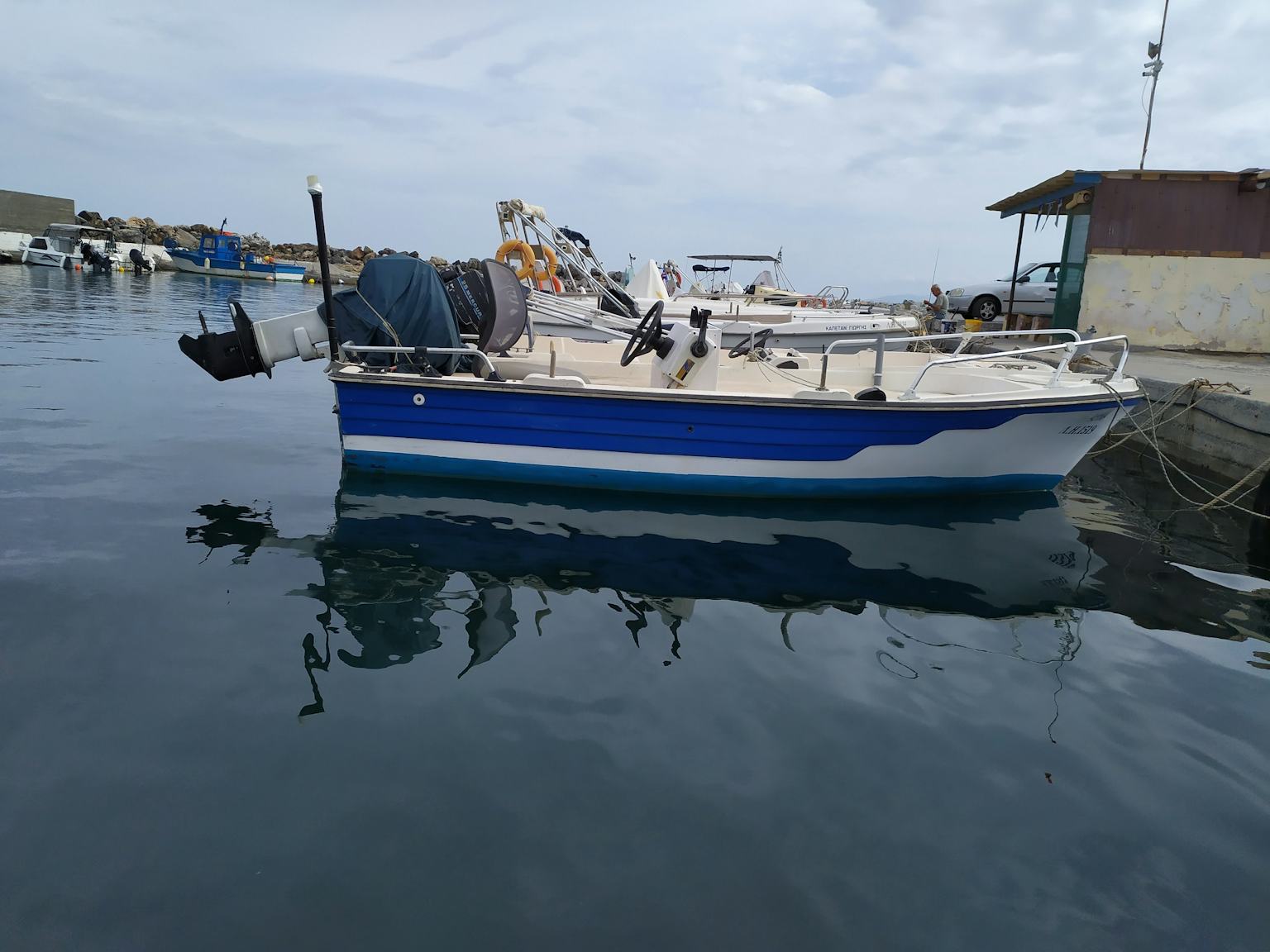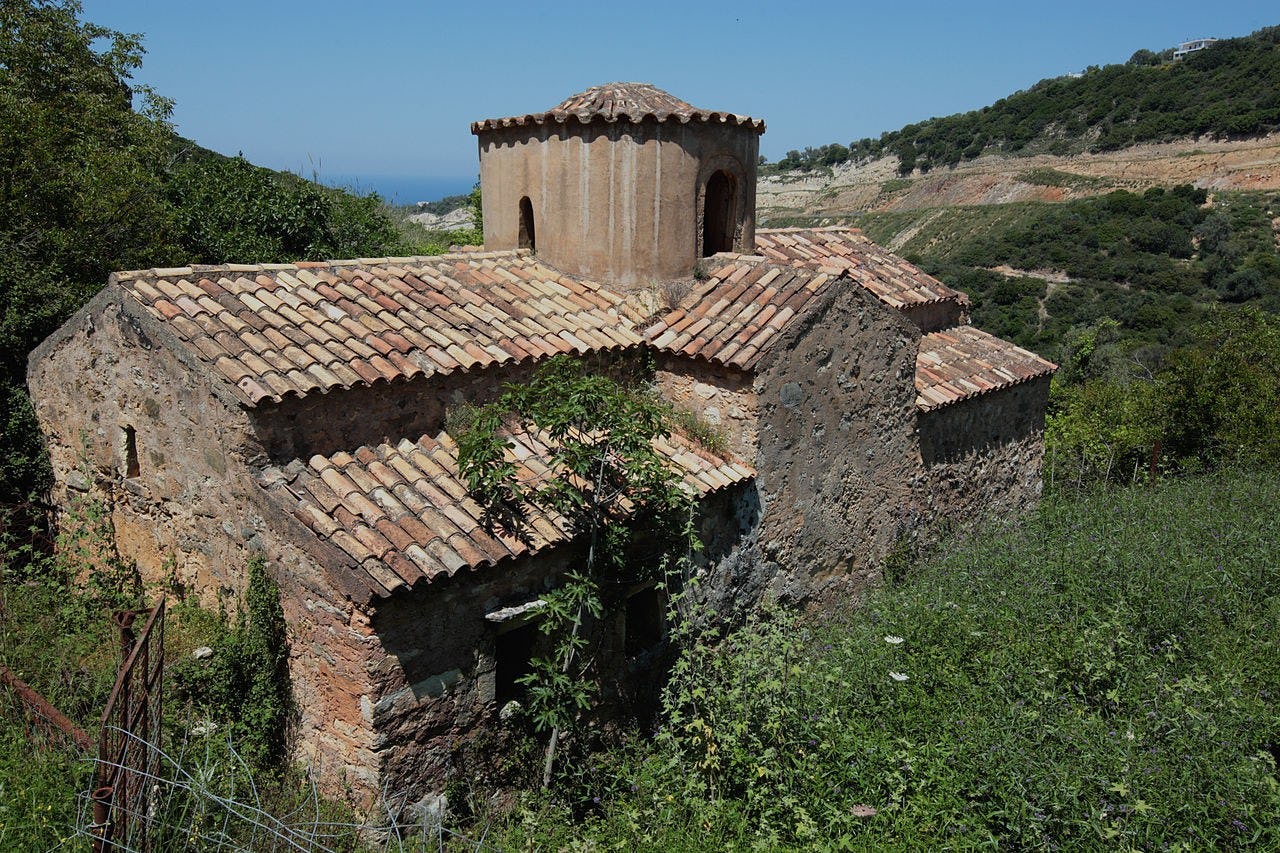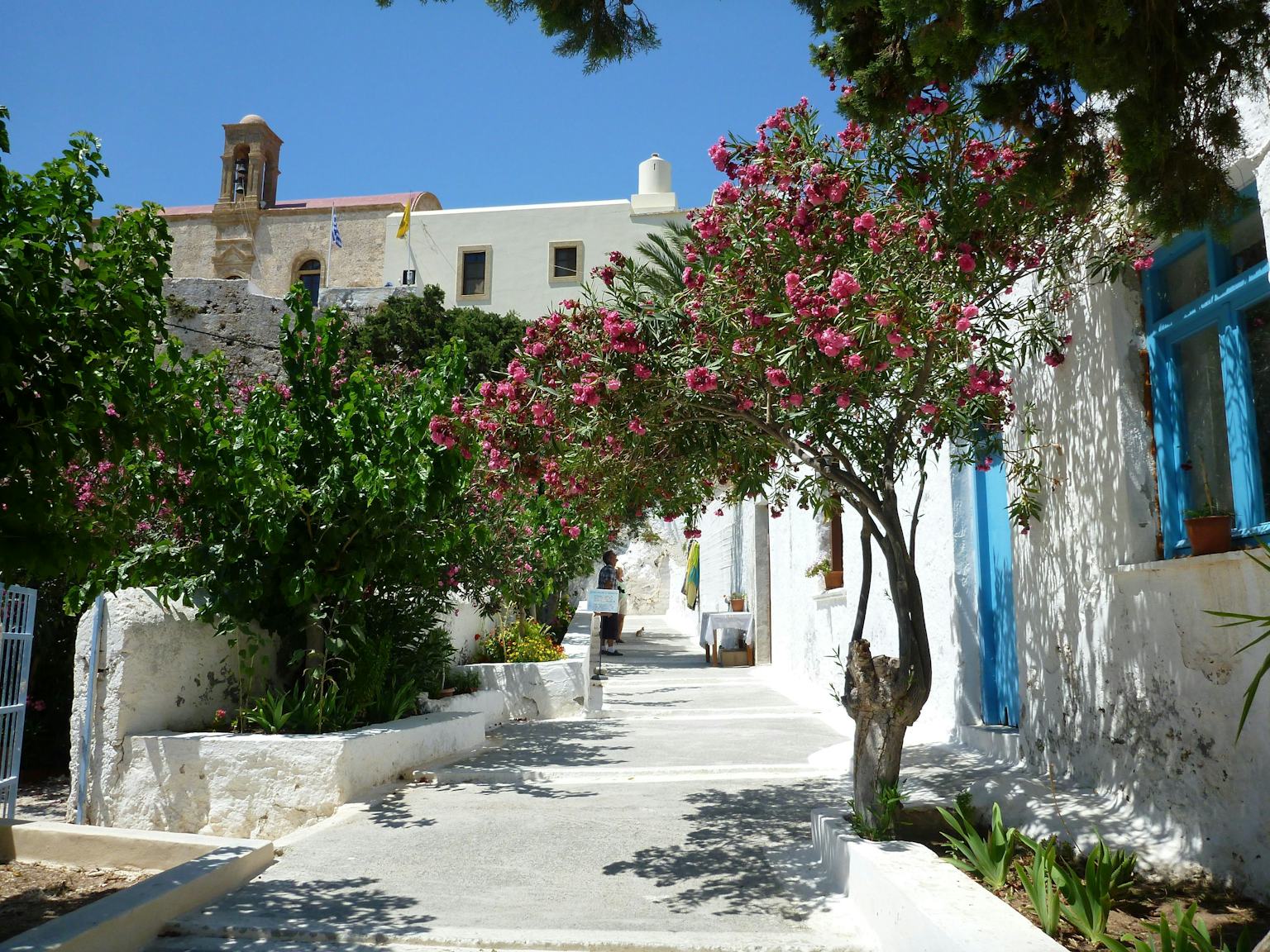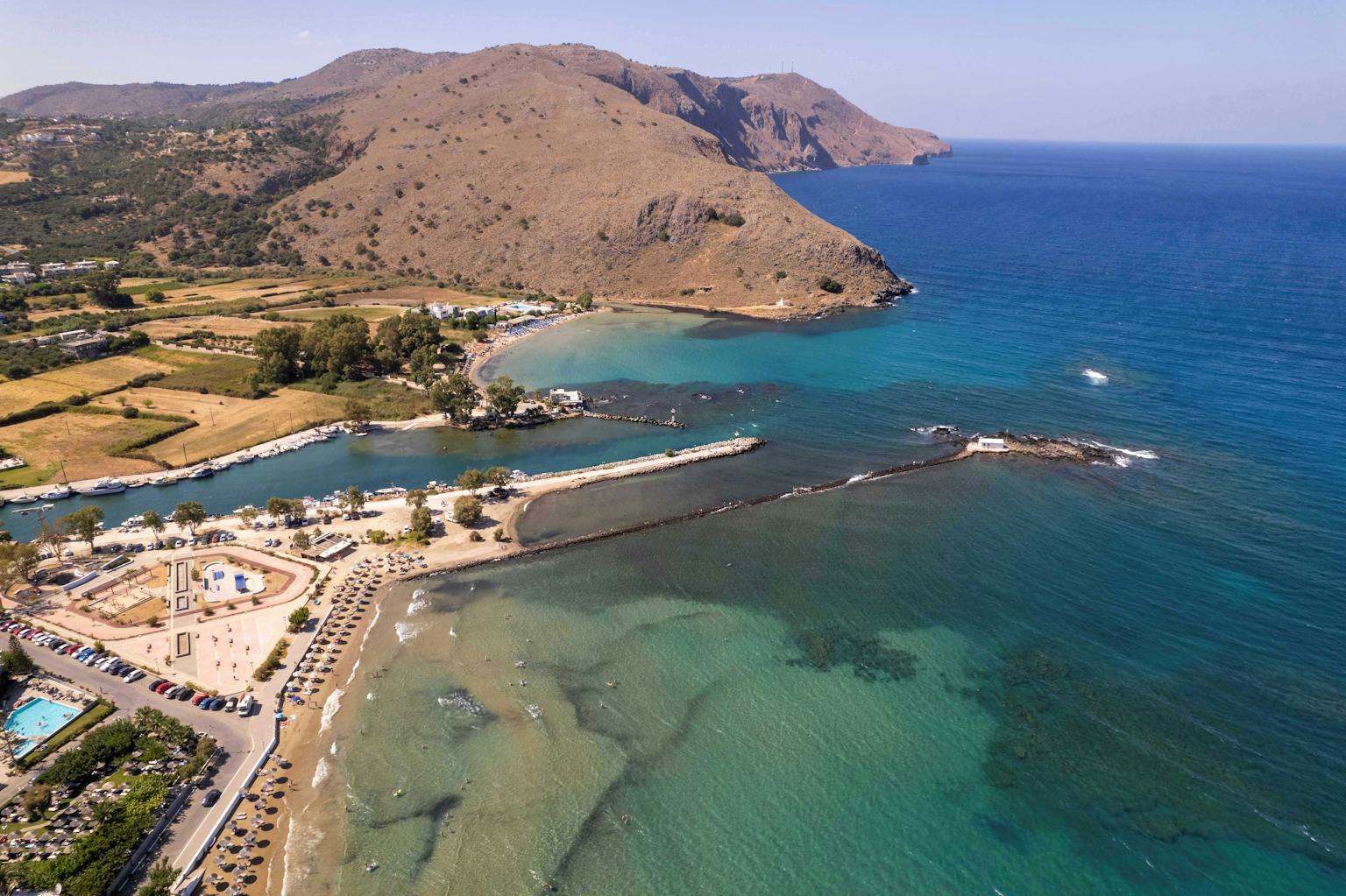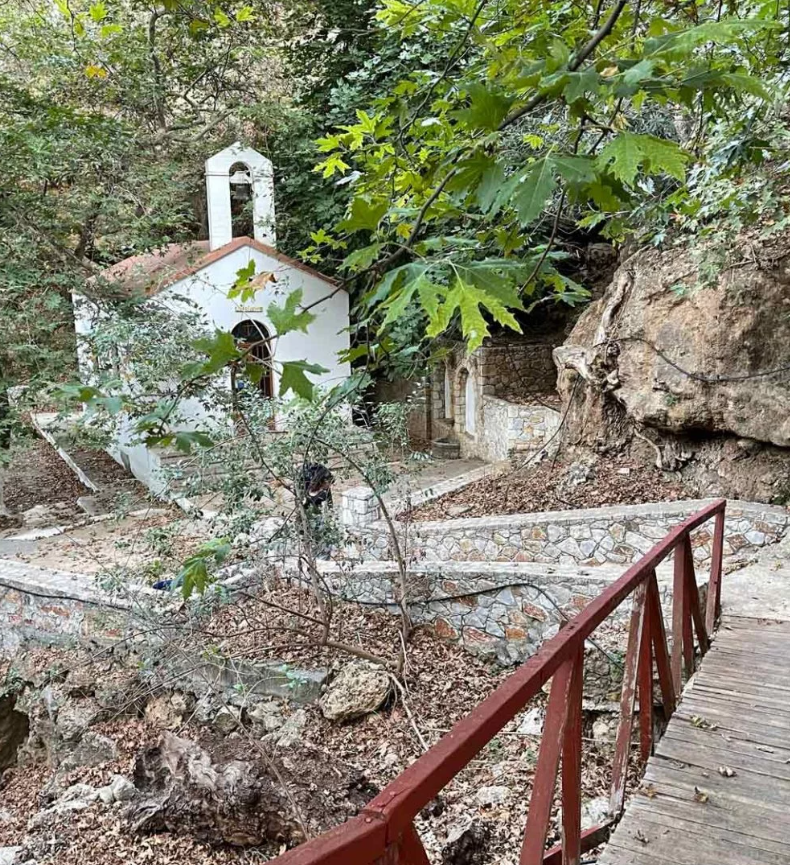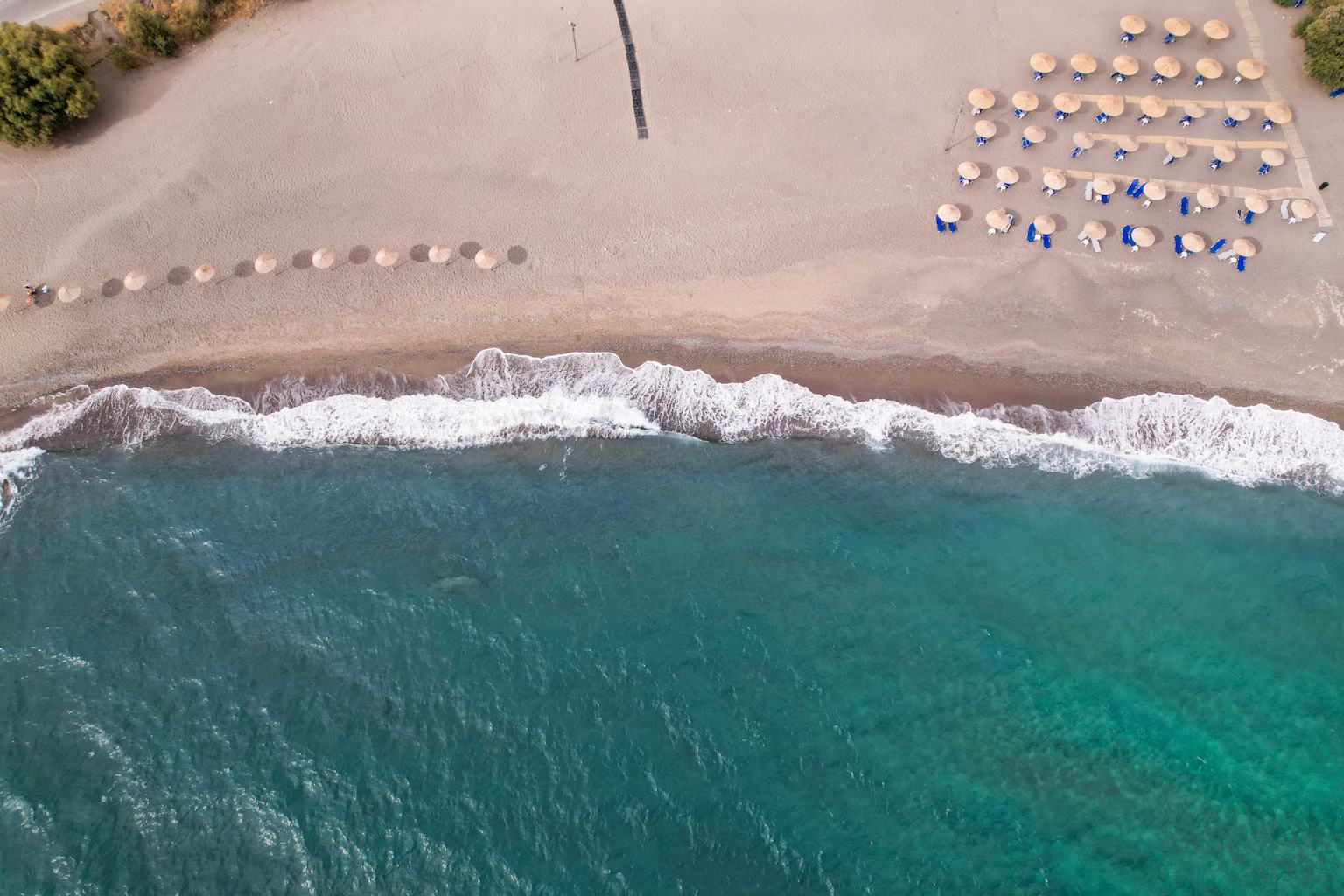Agios Eftychios: A Historic Gem Among Crete's Oldest Churches
Agios Eftychios: A Historic Gem Among Crete's Oldest Churches
Art & Culture
ABOUT
The church, boasting a rich history, is a true gem for the area.
As per the archaeologist Kostas Giapitsoglou, as stated on the Ministry of Culture’s website, Agios Eftychios Church stands on the incline of a ravine, within the deserted hamlet known as ‘Perdiki to Metochi’.
The origins of Agios Eftychios Church can be traced back to the early 11th century. It is constructed on top of an unidentified structure from the late 6th to early 7th century. The church itself is a rectangular building, lacking an arch.
In the Middle Byzantine era, the Church of Agios Eftychios incorporated the north and south walls of its predecessor as foundations. Notably, the eastern wall and the apse of the sanctuary were built 1.5 metres to the west of the original structure's eastern wall.
The church is typologically classified as a rare variation of the collapsed octastyle cruciform with an inscribed dome. Towards the east, it concludes with a spacious semi-circular arch, while the initial entrance was situated to the west and is now sealed off. Inside, on either side of the apse, two substantial niches are embedded in the wall, adorned with written decorations that mimic rows of intricately carved stones and bricks. Fresco decorations are limited to the apse. They show prayers in the quadrant and frontal figures of hierarchs in two zones within the semi-cylinder.
The frescoes, dating back to the 11th century, exhibit a distinct folk character, serving as noteworthy examples of provincial art from that era. Notably, remnants of a pebbled floor are preserved both within the church and its surroundings. During the Ottoman period, the church underwent a change in function and was repurposed as a residence. Subsequently, the north façade underwent reconstruction, leading to the establishment of the current entrance. Internally, a furnace was added in the southwest corner of the central nave, while a small tank was installed in the northeast corner compartment. In the 20th century, the church reverted to its original purpose.
Between 2011 and 2013, as part of the Greece-Cyprus Cross-Border Cooperation Programme 2007-2013 (EFMATHIOS FILOKALIS project), significant restoration efforts were undertaken. These included excavation research, preservation work on its mural decorations, and landscaping of the surrounding area.
see also
Search
for
— things to do or a local business
Trends
